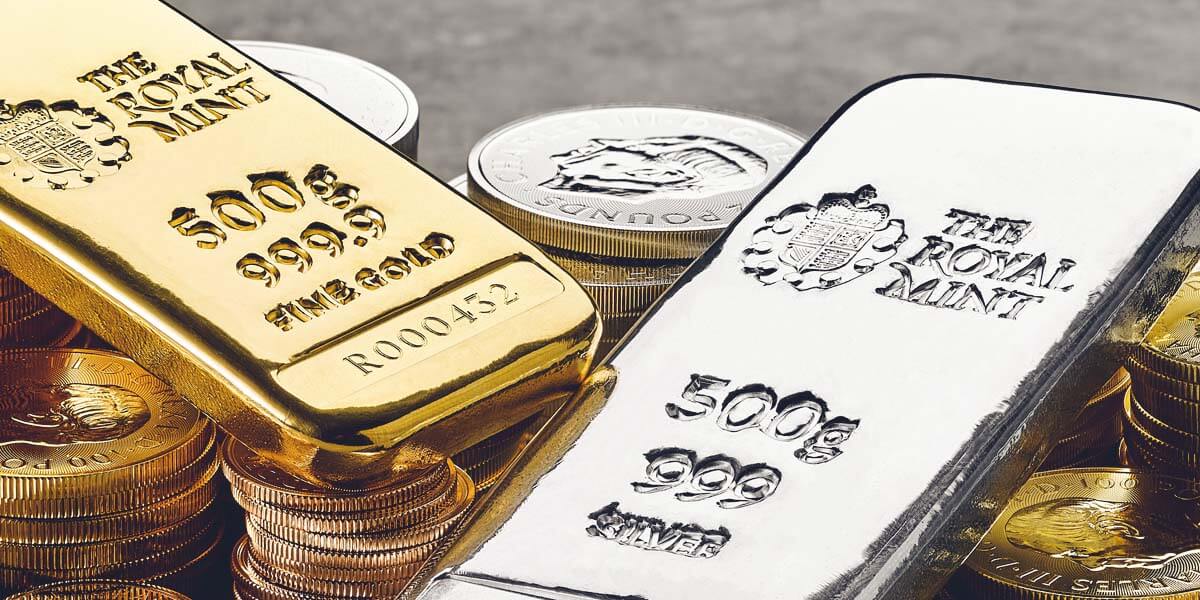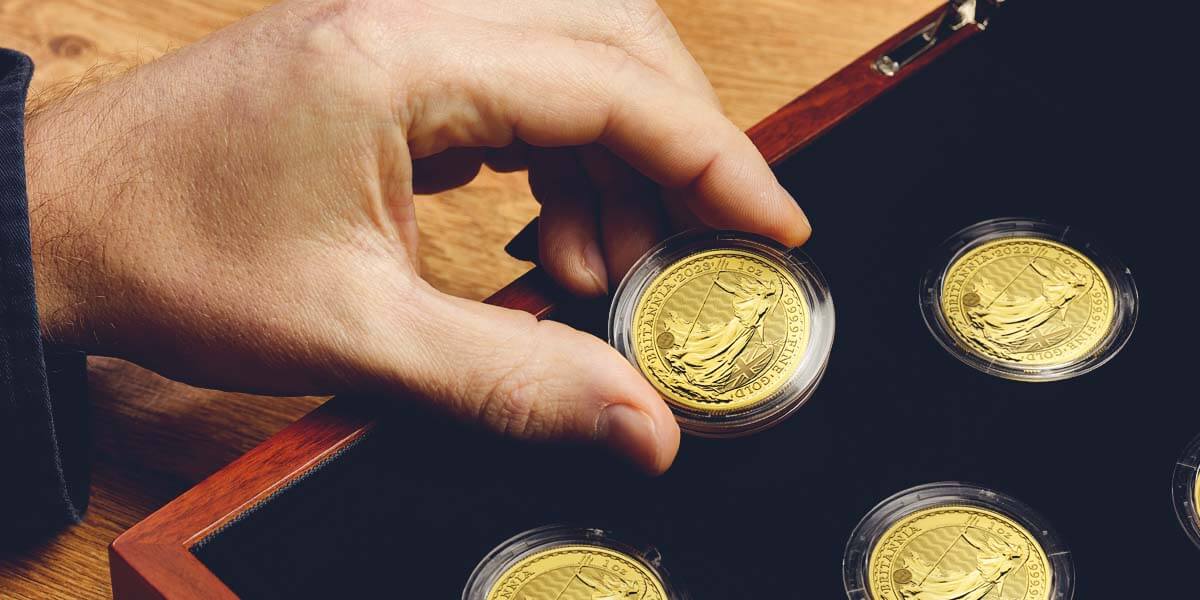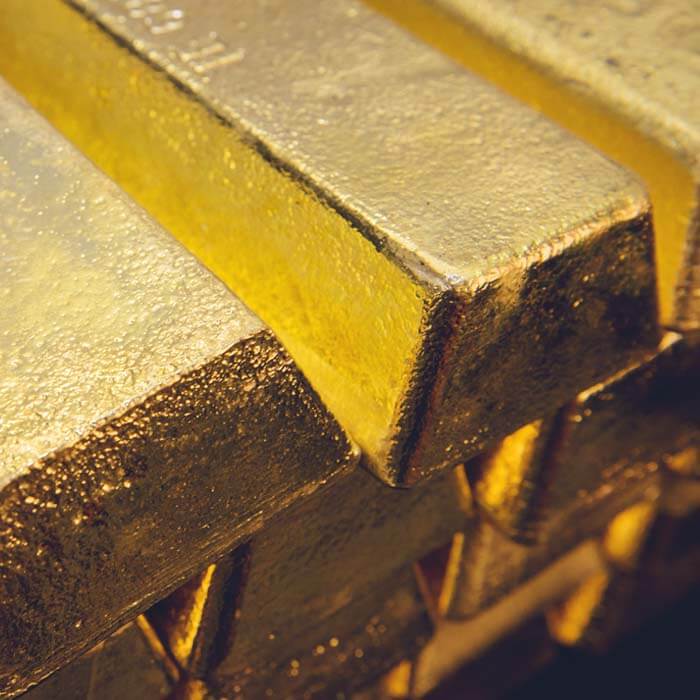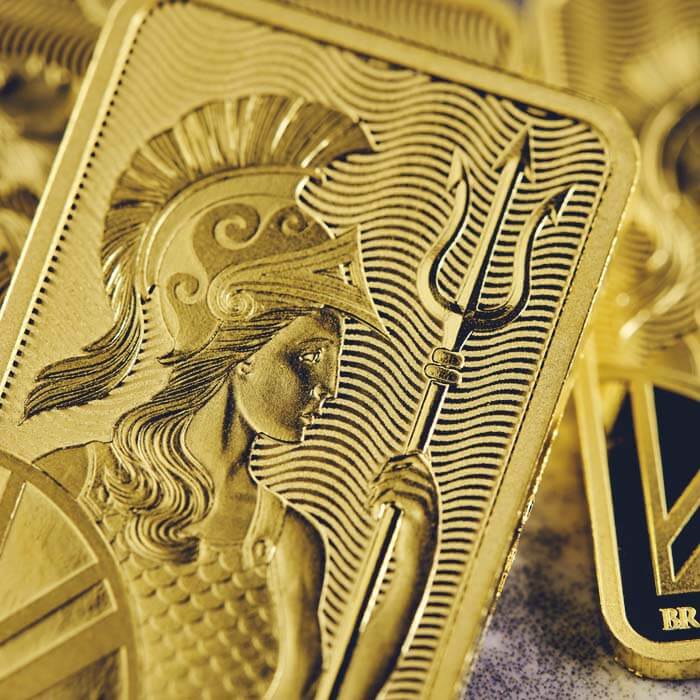- What is a Child Savings Account?
- Types of Child Savings Accounts Available
- Considerations When Selecting a Child’s Savings Account
- Comparing Child Savings Accounts to Precious Metals
- Considerations When Investing in Precious Metals
- Conclusion

Setting up a child savings account can be an excellent way for families to instil good financial habits and secure a brighter future for their children. These accounts offer a dedicated platform for saving and can provide a strong financial foundation as kids grow into adulthood. While exploring the best child savings accounts, it is also important to consider the role of precious metals in augmenting the overall investment strategy for your child’s future.
What is a Child Savings Account?
A child savings account is a financial product specifically designed for children to encourage saving and teach them about managing money. It serves as a safe and secure place for parents or guardians to deposit money on behalf of their child. The account is held in the child’s name, but it is usually managed by an adult until the child reaches a certain age, often 16 or 18. It offers an opportunity for children to learn about the value of saving, budgeting and financial responsibility from an early age.

Types of Child Savings Accounts Available
In the United Kingdom, there are several types of child savings accounts available to help parents and guardians instil good saving habits and secure their children’s financial future. Regular savings accounts are widely offered by banks and building societies. These accounts provide a competitive interest rate and the flexibility to make regular deposits and withdrawals, ensuring easy access to funds when needed.
Another popular option is the Junior Cash ISA, which is a tax-efficient savings accounts designed specifically for children. By opening a Junior Cash ISA, parents or guardians can ensure that any interest earned is tax-free. These accounts have a long-term perspective, as the funds are locked until the child turns 18, encouraging savings and investments over time.
Some banks also offer children’s regular saver accounts, which tend to have higher interest rates compared to regular savings accounts. These accounts often require a minimum monthly deposit and have a limited term, typically one year. They serve as a valuable tool to promote regular saving habits and may even offer incentives or bonuses for consistent deposits.
When selecting a child savings account, it’s important to consider factors such as interest rates, account features, fees, tax efficiency and the reputation of the financial institution. By choosing the most suitable account for their child, parents and guardians can lay the foundation for their children’s financial well-being and help them develop valuable saving habits from an early age.
Considerations When Selecting a Child’s Savings Account
When selecting a child’s savings account in the UK, there are several key considerations to keep in mind. First, compare the interest rates offered by different banks or financial institutions to find an account with competitive rates that can maximise the growth of your child’s savings. Take into account whether the account offers a fixed or variable interest rate and consider any introductory or bonus rates.
Next, evaluate the account’s features and flexibility. Check if it allows regular deposits and offers convenient online banking facilities. Also, consider whether there are any restrictions or penalties for withdrawals, as easy access to the funds may be important.
Be mindful of any fees or charges associated with the account. Look for accounts with minimal fees, such as account maintenance fees, transaction fees or penalties for early withdrawals. You want to ensure that the savings are not eroded by unnecessary costs.
Finally, consider your child’s long-term savings goals and how the chosen account aligns with them. If you’re saving for university education or a significant future expense, look for accounts that offer long-term growth potential and maturity dates that align with the anticipated time frame.

Comparing Child Savings Accounts to Precious Metals
While child savings accounts offer stability and potential growth, it is worth considering the role of precious metals within your child’s investment portfolio. Precious metals, such as gold and silver, have been sought after for centuries due to their intrinsic value and ability to preserve wealth. By including a portion of your child’s savings in precious metals, you can provide them with an additional layer of diversification and protection against economic uncertainties.
Gold, for instance, has long been considered a safe-haven asset. Its value tends to rise during times of economic turbulence, making it a reliable store of wealth. By incorporating gold into your child’s savings portfolio, you could mitigate the impact of market fluctuations and potentially safeguard their financial future. Similarly, silver, with its industrial applications and historical value, offers an additional avenue for long-term growth.
Furthermore, precious metals can act as a hedge against inflation. Whilst the value of fiat currencies may diminish over time due to inflationary pressures, precious metals have shown resilience and have historically maintained their purchasing power. By including precious metals in your child’s savings strategy, you can protect their funds from the erosive effects of inflation and ensure that their savings retain their value over the long term.
Considerations When Investing in Precious Metals
When considering the inclusion of precious metals in your child’s savings account, it is essential to understand the various investment options available. Physical ownership of gold or silver, such as coins or bars, provides tangible assets that can be securely stored. This approach offers direct ownership and the potential for capital appreciation over time. Alternatively, investing in physically backed digital precious metals, such as The Royal Mint’s Little Treasures and DigiGold products, allows for diversification and ease of management.
Whilst precious metals have demonstrated their value over centuries, it is important to note that their prices can fluctuate in the short term. However, taking a long-term perspective can help mitigate the impact of temporary market volatility and benefit from the overall stability and growth potential that precious metals offer.

Conclusion
Child savings accounts can provide families with an excellent opportunity to nurture financial responsibility and prepare for their children’s future. However, when considering these accounts, it is crucial to explore the role of precious metals as a complementary asset class. By including gold, silver or other precious metals in your child’s investment portfolio, you could enhance their long-term financial security and provide a valuable hedge against economic uncertainties.
As you navigate the landscape of child savings accounts, carefully evaluate the benefits of diversification and the potential value that precious metals can bring. By striking a balance between traditional savings accounts and the overall stability of precious metals, you can ensure that your child’s savings are well-protected and poised for growth. Remember, by investing in precious metals, not only could you secure their financial future but you might also impart valuable lessons about the importance of wise financial planning and the enduring value of tangible assets.
The contents of this article, accurate at the time of publishing, are for general information purposes only, and do not constitute investment, pensions, legal, tax, or any other advice. Before making any investment or financial decision, you may wish to seek advice from your financial, pensions, legal, tax and/or accounting advisors.
You might also like

Family Investments
Read More
Family Saving
Read More
Investing for the Future
Read More
Investing for Children
Read More
Creating a Family Investment Plan
Read More
Demystifying Cryptocurrencies: An Introductory Guide
Read More
Digital Assets – An Introductory Guide
Read More
Digital Gold – A New Age Investment Option
Read More
Exploring Alternative Investments
Read More
How to Choose the Best Online Investment Platform
Read More
Investing in Gold for the Long Term
Read More
Investing in Precious Metals Online: A Step-by-Step Guide
Read More
Securing Your Financial Future
Read More
The Power of Diversification
Read More
Understanding Commodities and Their Role in Investment Portfolios
Read More
Understanding the Market
Read More